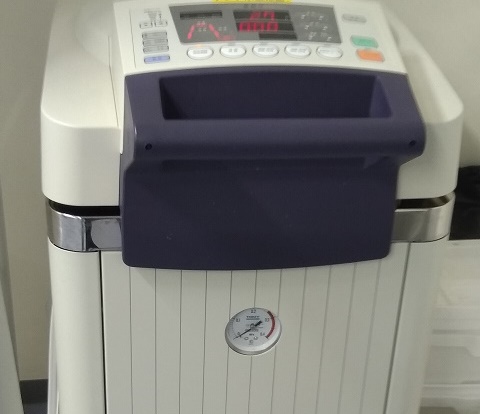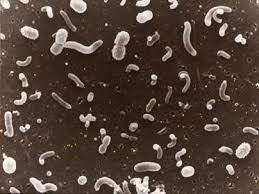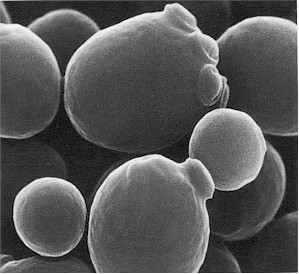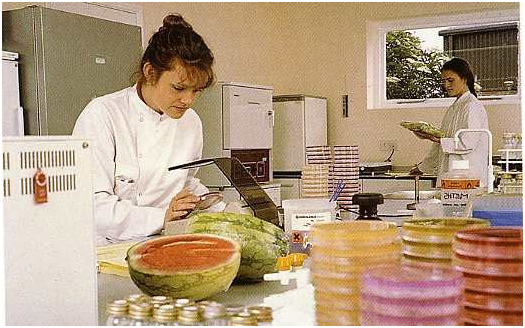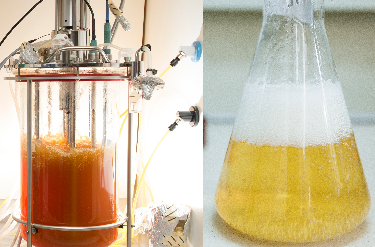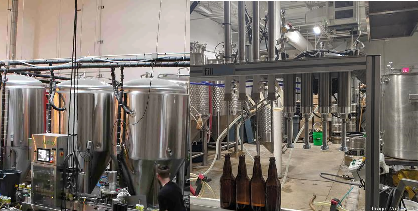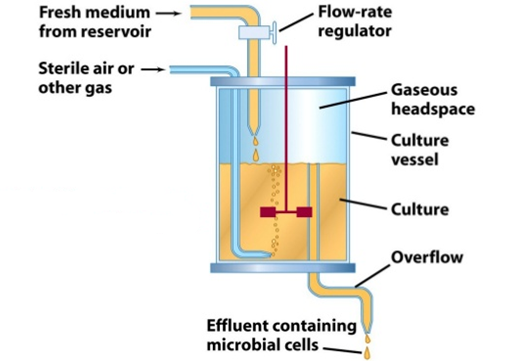STERILIZATION TECHNIQUES IN INDUSTRIAL MICROBIOLOGY
Sterilization is defined as any process by which objects, materials or an environment may be rendered sterile (i.e. completely free from all forms of life). Sterilization is the process by which all living cells, viable spores, viruses and viroids are either destroyed or removed from an object or habitat. It is essential for all fermentation […]
STERILIZATION TECHNIQUES IN INDUSTRIAL MICROBIOLOGY Read More »
Industrial Microbiology
